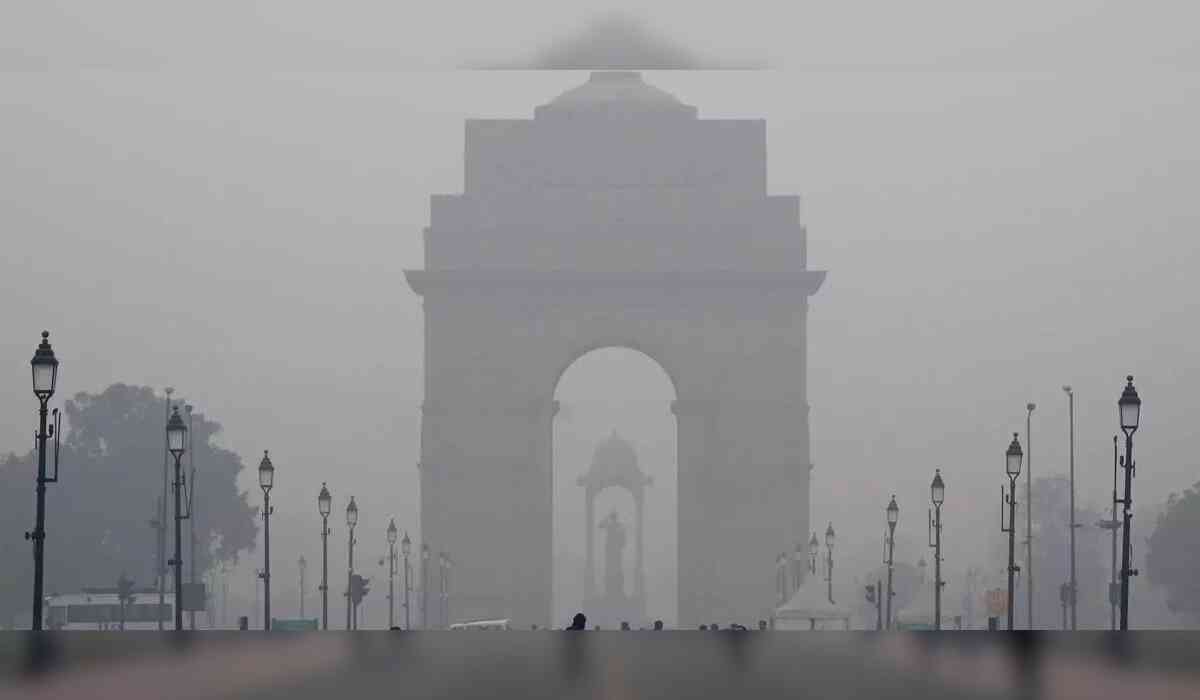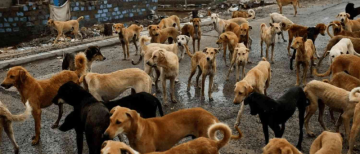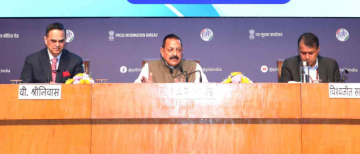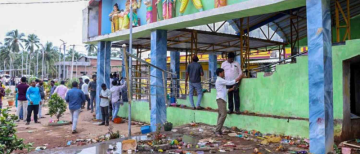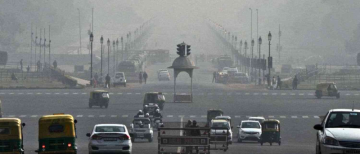For the past six days, the city of Delhi has been enveloped in a toxic shroud, a grim reminder of the formidable foe it faces every winter – air pollution. As the city wakes up to another day under the oppressive grip of smog, it's clear that urgent action is needed to combat this silent killer.
The Air Quality Index (AQI) paints a bleak picture, soaring from 415 to a staggering 460 in just a matter of hours. When the AQI crosses the dreaded 450 mark, it's mandated that all emergency measures be initiated, including a ban on polluting vehicles and construction activities.
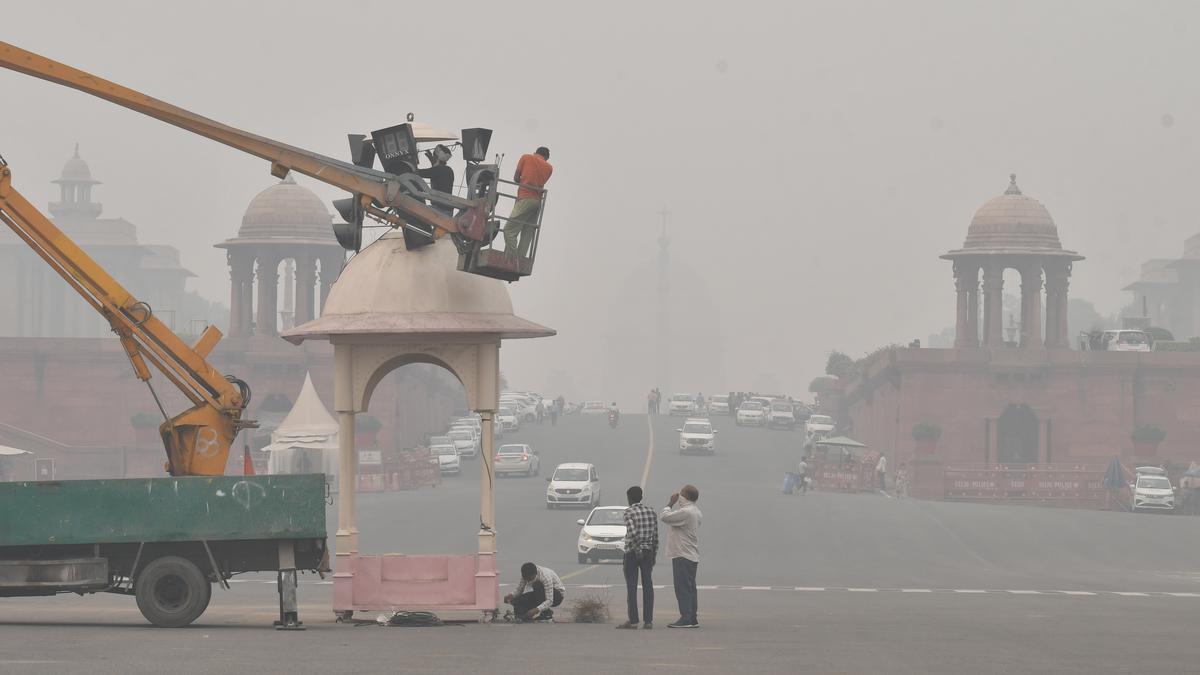
What's even more alarming is the concentration of PM2.5, fine particulate matter that poses a grave threat to public health. At multiple locations in Delhi-NCR, it exceeded the government-prescribed safe limit by seven to eight times, and the World Health Organization's recommended limit by a staggering 80 to 100 times.
The culprits behind this ongoing environmental crisis are a mix of unfavourable weather conditions, stagnant winds, and the recurring issue of paddy straw burning in Punjab and Haryana. Data from the Central Pollution Control Board paints a grim picture, with Delhi's AQI rising by over 200 points in just a week, pushing it into the 'severe plus' category.
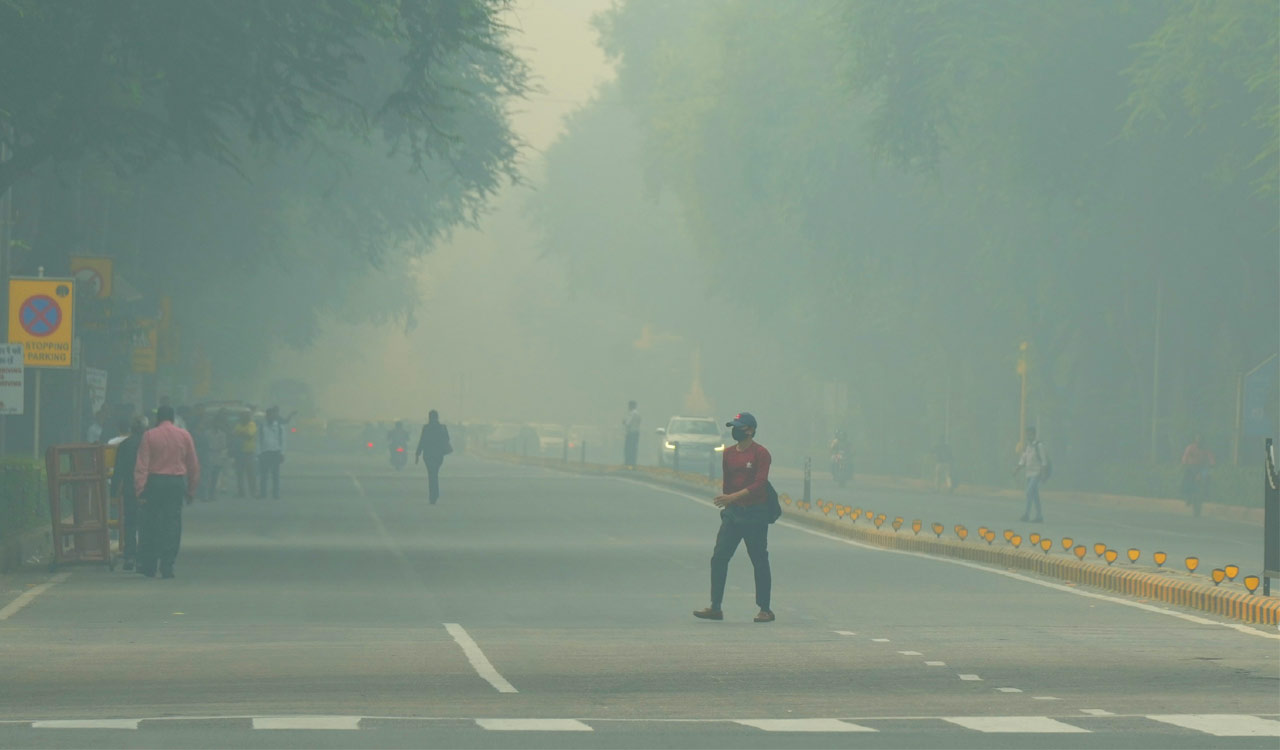
The situation is dire not just in Delhi but also in its neighbouring cities, where hazardous air quality levels prevail. Amidst this turmoil, a groundbreaking study aimed at identifying pollution sources and taking corresponding action has been halted, raising concerns about the commitment to tackling this crisis.
Delhi's air quality has earned it a dubious distinction among the world's capital cities, with air pollution shortening lives by nearly 12 years, according to a report by the Energy Policy Institute at the University of Chicago.
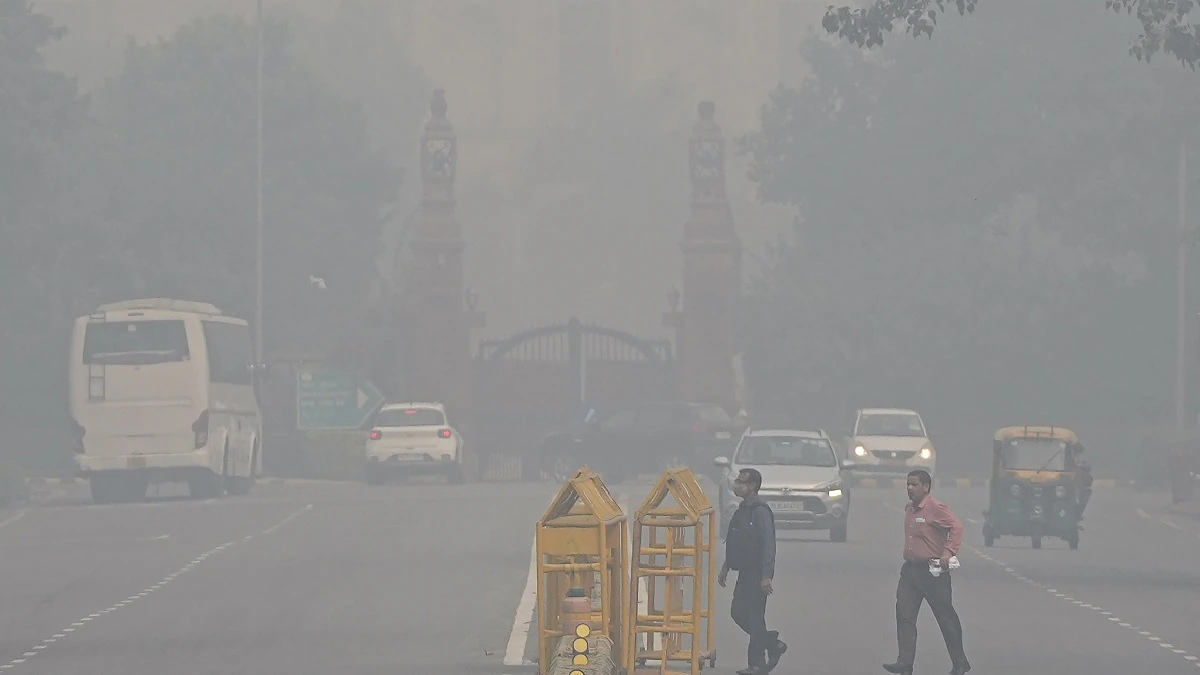
The repercussions of this hazardous environment are felt by the city's residents, who are forced to give up morning walks and outdoor activities. Parents, in particular, are worried, as children are more vulnerable to pollutants due to their faster breathing rate.
The toxic haze in Delhi is a result of a perfect storm of meteorological conditions, vehicular emissions, crop burning, and other local pollution sources that plague the region every winter.
While we hold our breath and await relief, it's important to remember that this battle is far from over. We must continue to push for stronger measures to combat air pollution, for the sake of our health and the well-being of our city. The environment deserves no less.
© Copyright 2023. All Rights Reserved Powered by Vygr Media.

